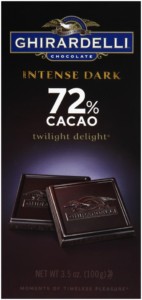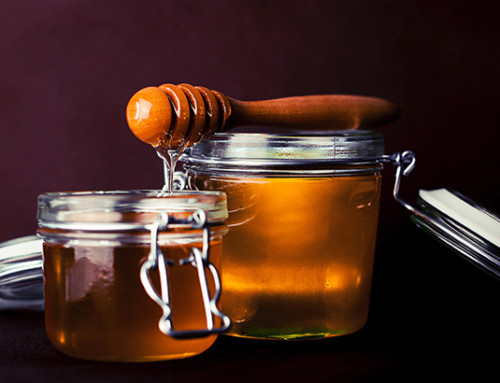If you’re a chocolate lover, then today, we’re bringing you the best possible science experiment you could ever imagine. Chocolate tasting science! We’re combining our PTC taste test strips and chocolate into one fabulous experiment designed to see how tasters and non-tasters perceive chocolate with varying percentages of cacao, which they prefer, and if they can accurately rank it by bitterness. Let’s get started!
Materials
- PTC taste test papers
- Different variations of chocolate (white, milk, dark, extra dark, varying percentages of cacao), unwrapped and cut into bite-size pieces
- Notebook
- Optional: Blindfold
Background
PTC (phenylthiocarbamide) taste test paper tests for the genetically controlled ability to taste this substance. This will allow for the development of a Pedigree for an individual. PTC can taste bland, bitter or even vile depending upon how sensitive your taste buds are to this chemical. The bitter taste detected by some individuals, and its intensity, depends upon a homozygous dominant or heterozygous condition in the individuals tested.
Chocolate, depending on the type, can have a more bitter taste. Dark chocolates with higher percentages of cacao tend to taste more bitter. So, can PTC tasters more accurately more accurately rank chocolates in order from least to most bitter better than non-tasters can? Let’s find out.
Experiment
 The experiment leader should be sure to record the percentage of cacao in each chocolate to accurately rank them from least to most bitter.
The experiment leader should be sure to record the percentage of cacao in each chocolate to accurately rank them from least to most bitter.
First, let’s find out if the participants are tasters or non-tasters. Remove a strip of PTC paper from the vial, stick out your tongue, and place the strip on your tongue. There are three basic results: bland, bitter or vile. Record in your notebook if you are a non-taster, a taster, or a super-taster.
You’ll need a group of people to do this experiment, so you can compare chocolate tasting results of both tasters and non-tasters. Those participating in the chocolate tasting experiment should not be aware of the different types of chocolate they’ll be tasting. To make this experiment even more interesting and accurate, you may want to blindfold participants, so they can’t see what the chocolates look like. This will prevent them from seeing which are darker in appearance, and using the looks of the chocolates, rather than the taste, to determine which are darker and more bitter.
Now, for the fun part. Have each participant try all the different kinds of chocolates. They’ll need to rank them from least to most bitter.
Now, compare results amongst tasters and non-tasters. Who was more accurate? Is there a notable difference in rankings? Can you conclude that the ability to taste PTC affected how accurately the bitterness of chocolate was ranked?







Leave A Comment